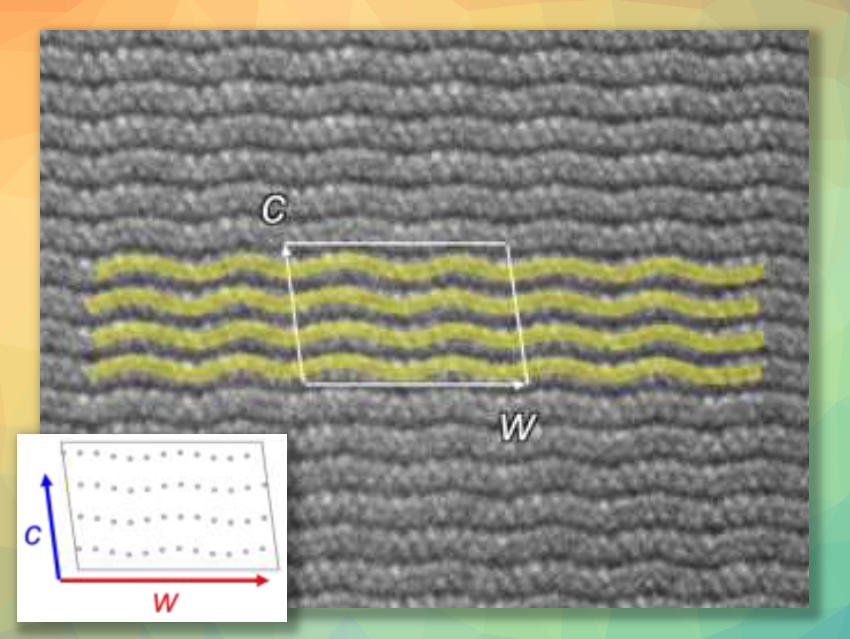Elemental phosphorus exhibits a broad structural variety and versatile properties. Phosphorus can form very complex structures, and detailed structural information on some phosphorus polymorphs is still unknown.
Yanhang Ma, ShanghaiTech University, China, Kwanpyo Kim, Yonsei University and Institute for Basic Science (IBS), Seoul, Republic of Korea, and colleagues have investigated crystalline type-II red phosphorus by combining state-of-the-art structural characterization techniques such as electron diffraction tomography, atomic-resolution scanning transmission electron microscopy (STEM), powder X-ray diffraction, and Raman spectroscopy. Type-II red phosphorus was synthesized using a chemical vapor transport (CVT) method and then characterized.
The team performed electron diffraction tomography using individual crystalline nanowires, which were obtained by mechanical exfoliation or sonication. They identified a triclinic unit cell with a volume of 5330 Å3, which is the largest unit cell for elemental phosphorus crystals so far and contains approximately 250 P atoms. Using STEM (example image pictured), the researchers confirmed that the basic building blocks of type-II red phosphorus are twisted pentagonal tubes packed in a wavy arrangement. Overall, this work provides the first in-depth structural characterization and analysis of type-II red phosphorus.
- Type‐II Red Phosphorus: Wavy Packing of Twisted Pentagonal Tubes,
Jun-Yeong Yoon, Yangjin Lee, Dong-Gyu Kim, Dong Gun Oh, Jin Kyun Kim, Linshuo Guo, Jungcheol Kim, Jeongheon Choe, Kihyun Lee, Hyeonsik Cheong, Chae Un Kim, Young Jai Choi, Yanhang Ma, Kwanpyo Kim,
Angew. Chem. Int. Ed. 2023.
https://doi.org/10.1002/anie.202307102




